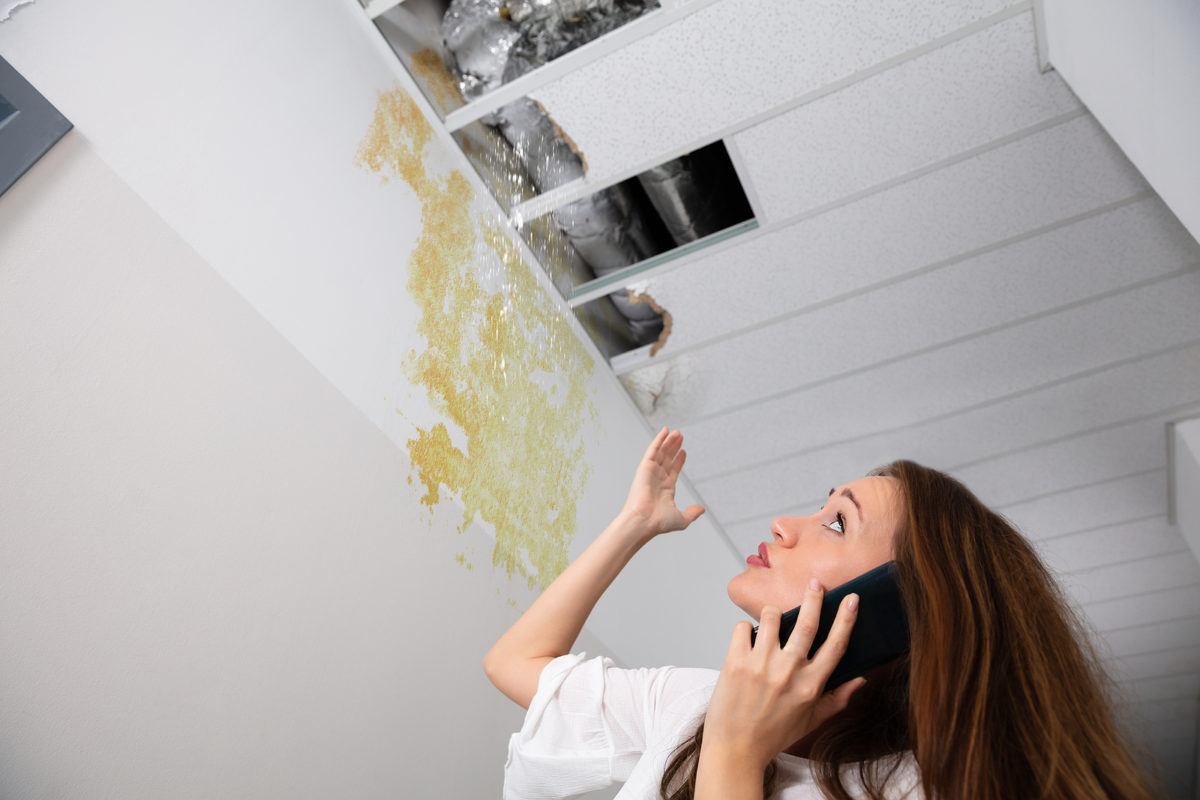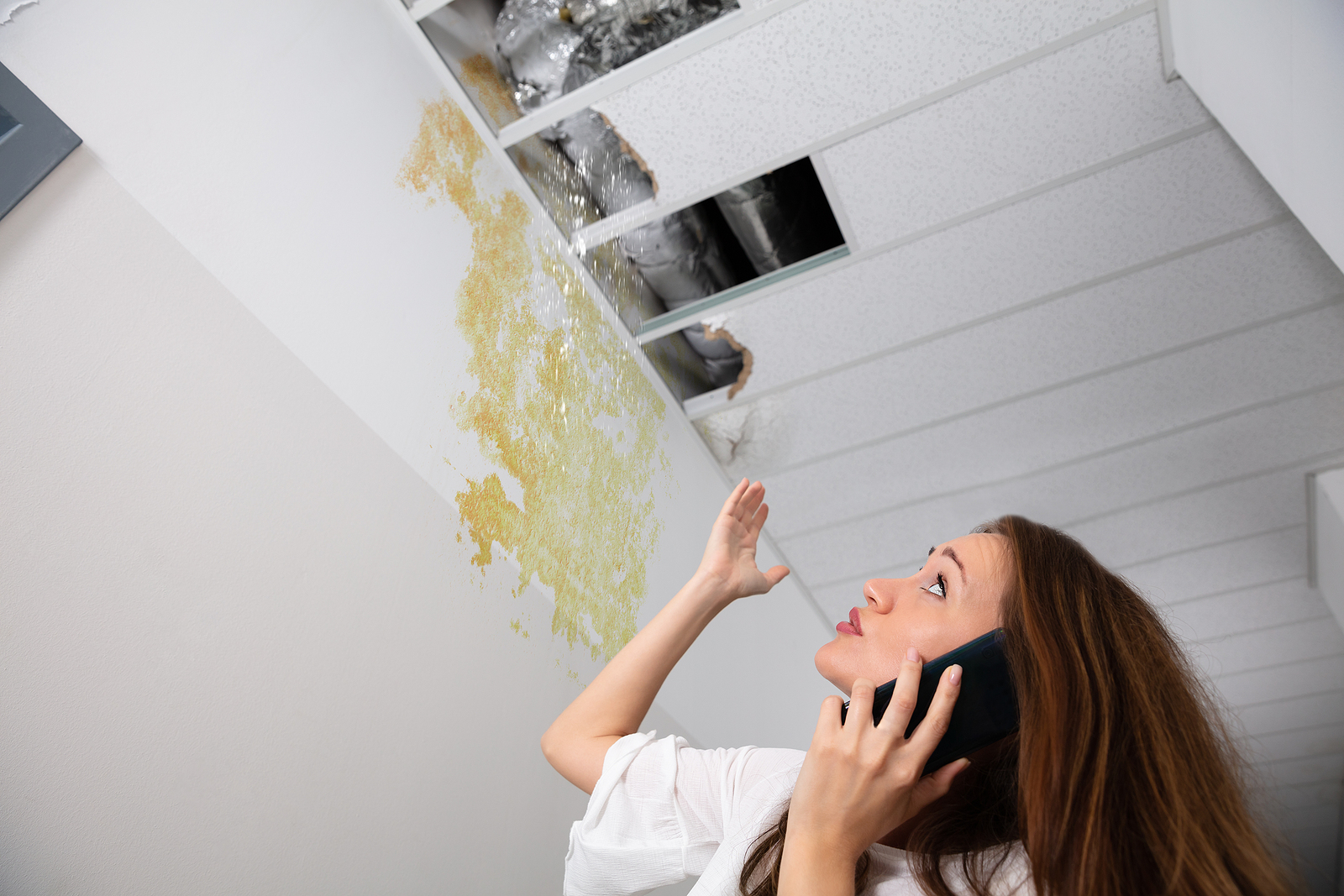For folks not raised on a farm, life on one typically starts as a dream. The whole notion of escaping city life for the wide-open spaces and self-sufficiency of farm life is intriguing to many.
If you’re thinking that farm livin’ is the life for you, it’s time to get better acquainted with the process of purchasing one.
Types of Farms for Sale
Two basic types of farms exist in America: family farms and corporate farms.
Corporate farms deal with large-scale food production while family farms are independently owned and operated and typically much smaller operations.
The type of product they produce further categorizes farms:
- Dairy farms produce milk
- Truck farms produce vegetables
- Orchards are farms that grow nuts and fruits
- Vineyards grow grapes for wine
- Tree farms grow trees for the lumber industry, nurseries and other uses
- Organic farms grow fruit and vegetables without the use of synthetic fertilizers and pesticides and instead rely on techniques such as using green manure and crop rotation.
Obviously, then, what you want to produce will weigh heavily on your choice of where to farm and what type of land you require.
Land Considerations
To grow crops successfully requires, at its most basic, sunlight, soil and water. Unless you have the funds to deforest a piece of wooded property, its lack of sunlight makes it unsuited to farming, unless you plan on starting a ginseng farm.
The next consideration is the soil. The United States Department of Agriculture’s National Cooperative Soil Survey website provides soil data, including maps and other information for more than 95 percent of U.S. counties. The easy-to-use site provides vital soil information including type, class, drainage and even yield information for certain crops and livestock.
If your dream is to farm organically, invest in professional soil testing to look for heavy metals and other items that may prevent you from engaging in organic production.
Plants don’t grow without water, so naturally your next step is to investigate the property’s water sources and rights. Pumping water for irrigation may be one of your highest expenses, according Mesquite, NV real estate agent Chris Miller, so being aware of the property’s water sources, the acre-feet per year requirements of your crops and other water issues is imperative to making an educated offer on the property
In fact, one of the most common problems in the farm transaction occurs “when a buyer does not understand the complexity of water law,” according to Oregon State University small farm extension agent Melissa Matthewson. A savvy real estate specialist, with local experience, knows what to ask and will be your best ally during the process.
Finally, consider the land’s topography. Unless you’ll be engaging in dry-land farming, you’ll need relatively flat land for your crops.
Infrastructure
Chris Miller says that any an appurtenance to the land, such as fences, corrals, barns and other outbuildings are typically included in the appraisal of the property and in the purchase. Although not typically used in the appraisal, sometimes equipment and machinery is included in the sale as well.
Financing Your Farm
The Federal Agricultural Mortgage Corporation (Farmer Mac) is the largest source of source of secondary agricultural loans. While not a direct lender, Farmer Mac also purchases the guaranteed portion of USDA loans.
To qualify for a Farmer Mac I Farm and Ranch Program loan, the land must be used as security, the loan can’t exceed the program’s maximum loan amount, the property must meet certain appraisal criteria and the borrower must be credit-worthy. You’ll find the requirements on Farmer Mac’s website.
Another source of good information is the United States Department of Agriculture’s Farm Service Agency website. Here you’ll find information on various loan programs and plenty of educational resources.
Whether you hope to buy a farm to supply your local farmer’s market with produce every weekend or you’re dreaming of becoming the next Old McDonald, go into the process armed with as much knowledge as possible and the right real estate agent and you can’t go wrong.



















